Which Is Better Nikon Or Canon Camera
Catechism vs Nikon: who makes the best cameras in 2022? Two big makers fight it out
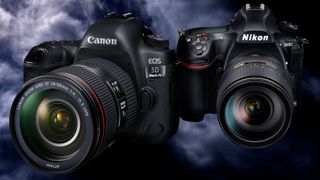
The Catechism vs Nikon duel has been going on for decades. These two companies have produced cameras for professionals, beginners and everyone in betwixt, moving from movie SLRs to digital SLRs, and then to mirrorless. So who is amend? Catechism or Nikon?
The camera industry is going through rapid change, both in camera technology and the manner people take pictures. The DSLR versus mirrorless camera (opens in new tab) contend still rages, though most would at present hold the DSLR design faces a steady decline and mirrorless is the engineering science of the future.
DSLRs aren't done yet, though. In 2020 Canon introduced its EOS-1D 10 Mark Iii (opens in new tab) pro sports camera which is a real glimpse of the time to come, while Nikon unveiled its impressive, mirrorless-influenced D780 (opens in new tab), as well as its own pro sports camera, the Nikon D6 (opens in new tab). In terms of mirrorless, Catechism grabbed many headlines (and non all positive) with the EOS R5 (opens in new tab) and its sibling the EOS R6 (opens in new tab), while Nikon rounded out its entry-level full-frame offering with the Z5 (opens in new tab) and has since gone on to launch refreshed Nikon Z6 II (opens in new tab) and Nikon Z7 2 (opens in new tab) models, and the 2021-vintage retro-look Nikon Z fc (opens in new tab).
Catechism is winning the full frame market for DSLRs and mirrorless cameras, just is information technology paying enough attention to beginners?
To make information technology easier to sort through all the cameras on offer, we've separate up this guide into simple, easy-to-sympathise categories. Whatever kind of photographer you are, you'll observe a comparison below which will aid you understand how Canon and Nikon compare for the kind of camera you lot're looking for, and which specific models you should option in each category.
Nikon faces a tough fight in the full frame loonshit, simply its APS-C cameras still look strong.
We've split our guide into the following sections: APS-C DSLRs, APS-C mirrorless cameras, total frame DSLRs and full frame mirrorless. You can use the buttons at the top of this folio to become straight to the section you're interested in, or only scroll down to browse. We've also put in sub-headings for different photographic camera types and price points to help clarify the choices and brand your final conclusion simpler. At least, we promise and then!
Canon vs Nikon: who makes the all-time cameras in 2022?

APS-C DSLRs
Cheap equally heck DSLRs
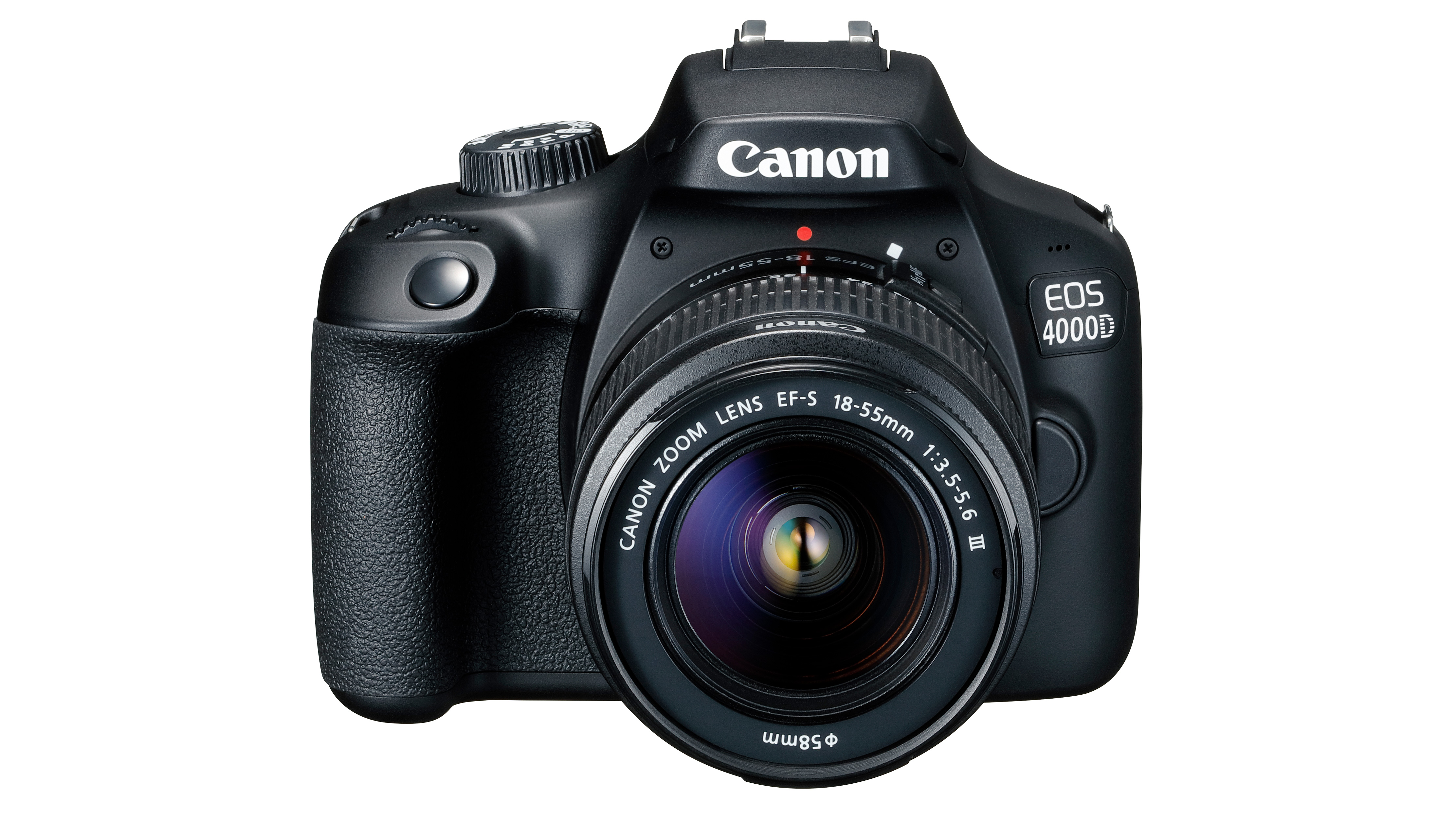
Catechism (opens in new tab) has no contest here. In the Catechism EOS Rebel T100 (opens in new tab) (sold in Europe every bit the EOS 4000D (opens in new tab)), it makes the world's cheapest DSLR – a camera so cheap it only uses ane pigment color, has an 18MP sensor we thought we'd seen the terminal of, and unremarkably comes with a very poor non-stabilized Canon EF-Southward 18-55mm f/3.v-v.6 III kit lens. This is the cheapest DSLR kit yous can get but we think the compromises aren't worth the saving – you lot should just spend a scrap more and get the far superior Nikon D3500 (below) with its eighteen-55mm AF-P VR kit lens. Indeed, the Rebel T100 is becoming quite hard to find now, and we suspect it'southward beingness quietly retired.
Read more: PhotoPlus: The Canon Magazine (opens in new tab)
Proficient starter DSLRs
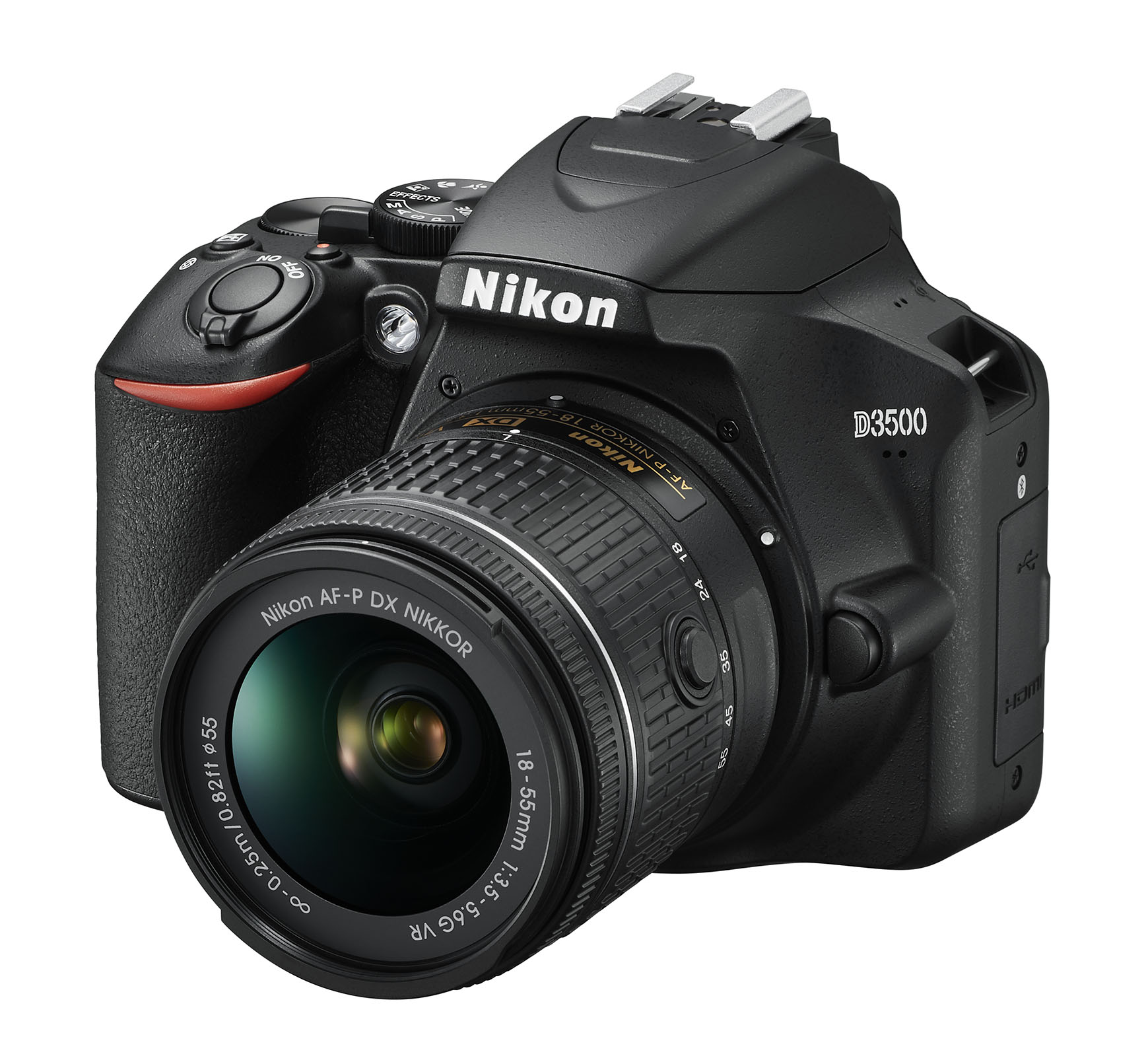
This is what we consider the baseline for a decent DSLR worth buying, and it'south an interesting pick between the Canon EOS Rebel T7/2000D and Nikon D3500 (opens in new tab). The Nikon is typically cheaper and, we think, the better camera. Nosotros don't much like the manner Canon has called to remove the Dual Pixel CMOS AF (is that a strategic or a price decision?) and it'southward often sold with the rather poor EF-South 18-55mm DC III kit lens, then exist prepared to shop around and pay a piffling more to get the better EF-S xviii-55mm IS II lens. Also with the D3500 – definitely pay a little more to make sure you go the VR version of the Nikon AF-P 18-55mm kit lens. Nosotros're not sure how long the D3500 will bear on – we hear conflicting stories nearly its retirement and continued availability, so it might exist ane of those cameras to buy while you lot still can!
• Read more: Nikon D3500 review (opens in new tab) | Nikon D3500 vs D3400 (opens in new tab)
DSLRs for advanced beginners
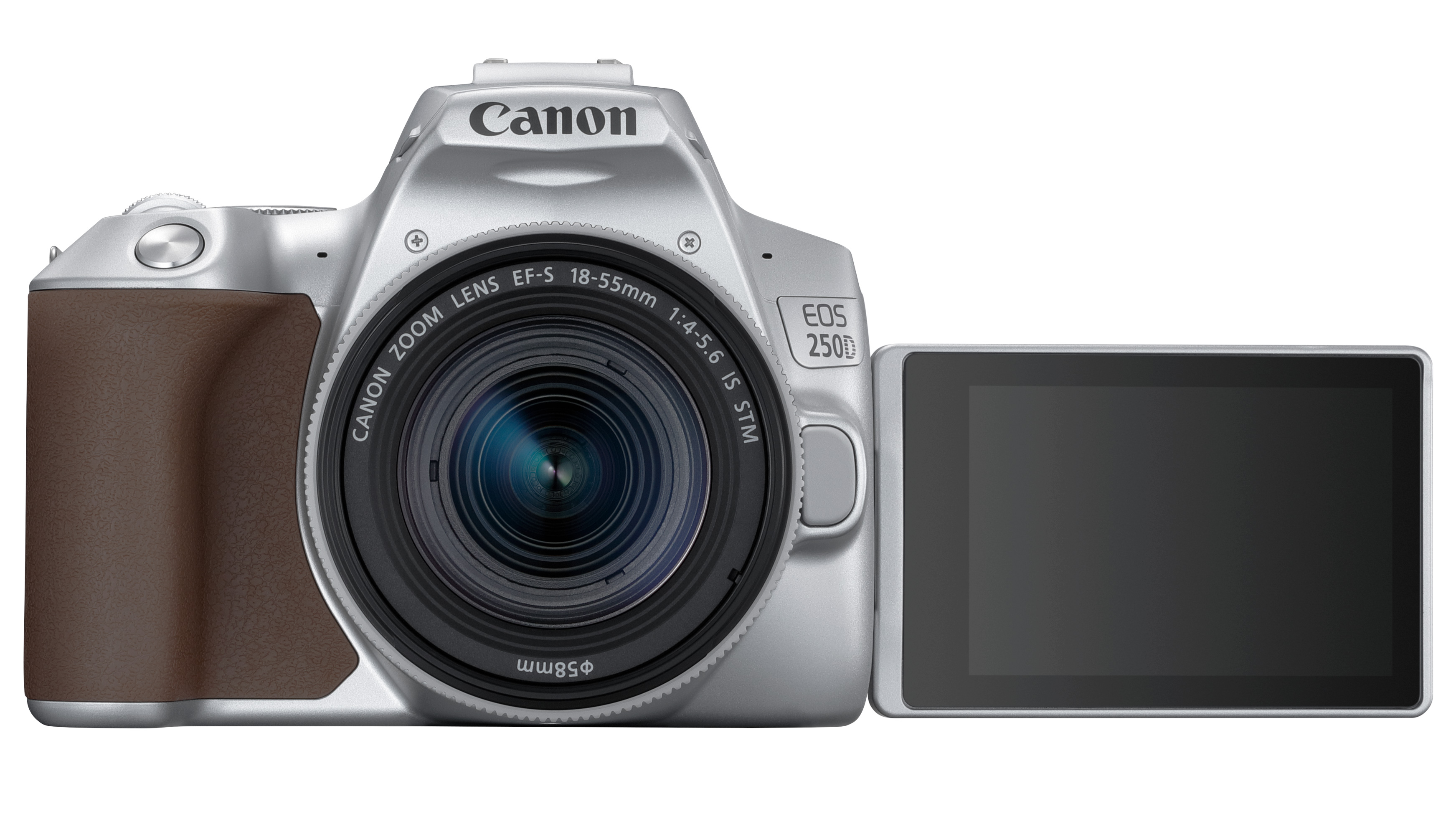
If you lot desire an easy to use camera that'due south a little more advanced, Canon has this expanse pretty much sewn upwardly with three different models to choose from. Our favorite is the EOS Rebel SL3/250D (opens in new tab), which is small, responsive and shoots 4K video. The older Rebel T7i/EOS 800D (opens in new tab) costs more, doesn't shoot 4K and hardly seems worth the actress, and its replacement, the EOS 850D (opens in new tab) looks expensive and only a modest improvement. The EOS 77D (opens in new tab) is designed with more avant-garde users in listen, but we think you're improve off stepping direct up to the Catechism EOS 90D (opens in new tab) if you've reached that stage. The Nikon D5600 (opens in new tab) is cheaper than all of them and does have a fully articulating rear screen, just it lacks 4K video and only has sluggish contrast AF in Live View – only it'south definitely a good buy if neither of those things matter to yous and it matches the Canons for epitome quality and lens choice.
DSLRs for enthusiasts and experts
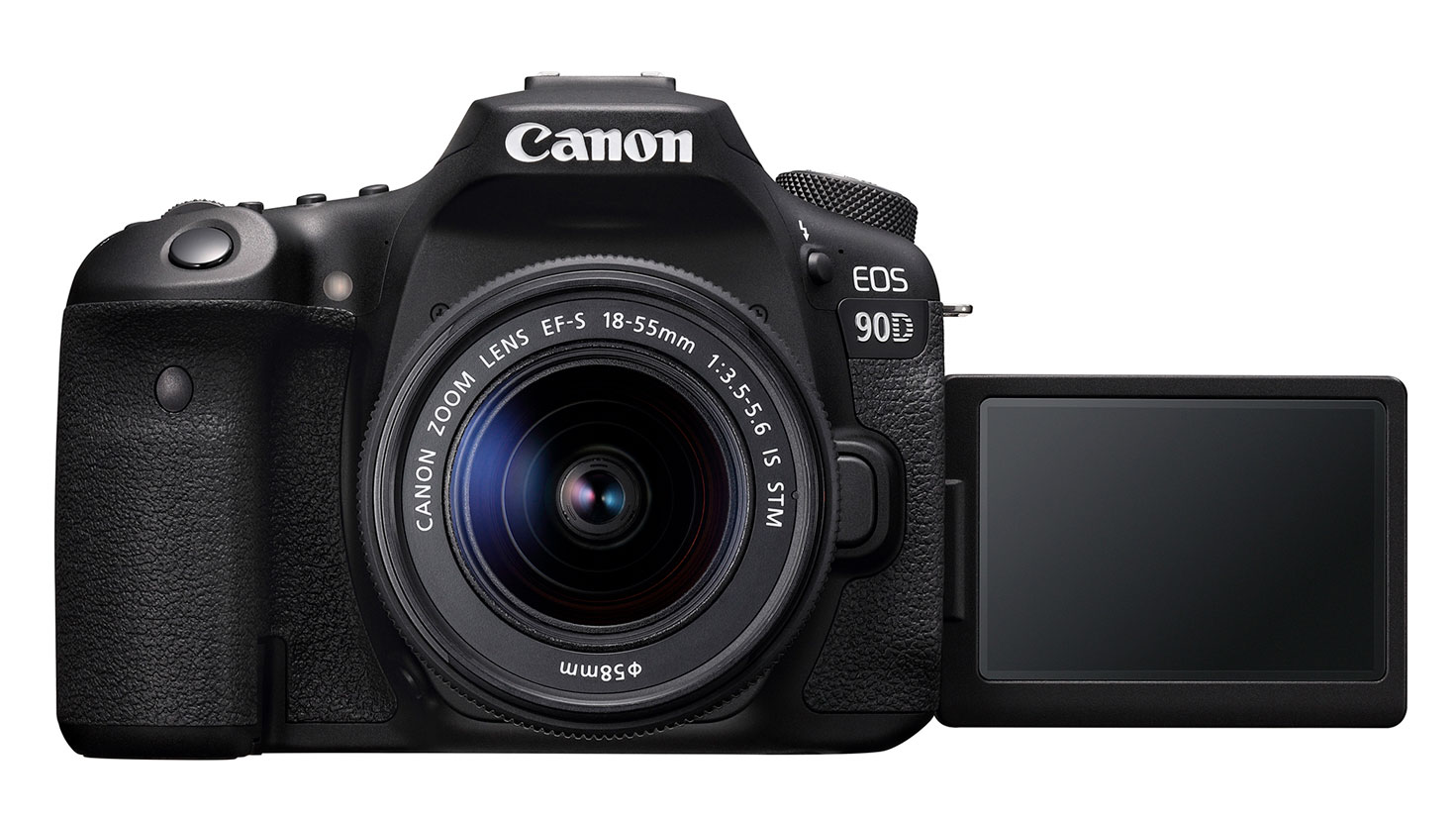
Canon and Nikon have very different approaches in this sector of the market. The new Catechism EOS 90D (opens in new tab) is similar the Leonardo da Vinci of cameras – there's almost naught it can't do. It has the highest resolution APS-C sensor yet, shoots 4K video, has a continuous shooting speed of 10fps and has a fully articulating rear screen and fast Dual Pixel CMOS AF for Live View and video.
Nikon has two enthusiast/adept cameras, and while neither can lucifer the EOS 90D's all-round abilities, they have strengths of their own. The Nikon D7500 (opens in new tab) is sturdy, powerful and affordable, and even when arranged with Nikon's longer-range 18-140mm kit lens, it'due south a lot cheaper. The Nikon D500 (opens in new tab) has but 20 megapixels to the Canon'due south 32.5MP, but it does shoot 4K video and also shoots at 10fps. It's actually a very different sort of camera, though, designed with professional levels of robustness, Nikon's all-time-always 153-point AF organization and a 200-shot continuous shooting buffer capacity that the EOS 90D tin can't even approach.
APS-C mirrorless
Easy APS-C mirrorless cameras
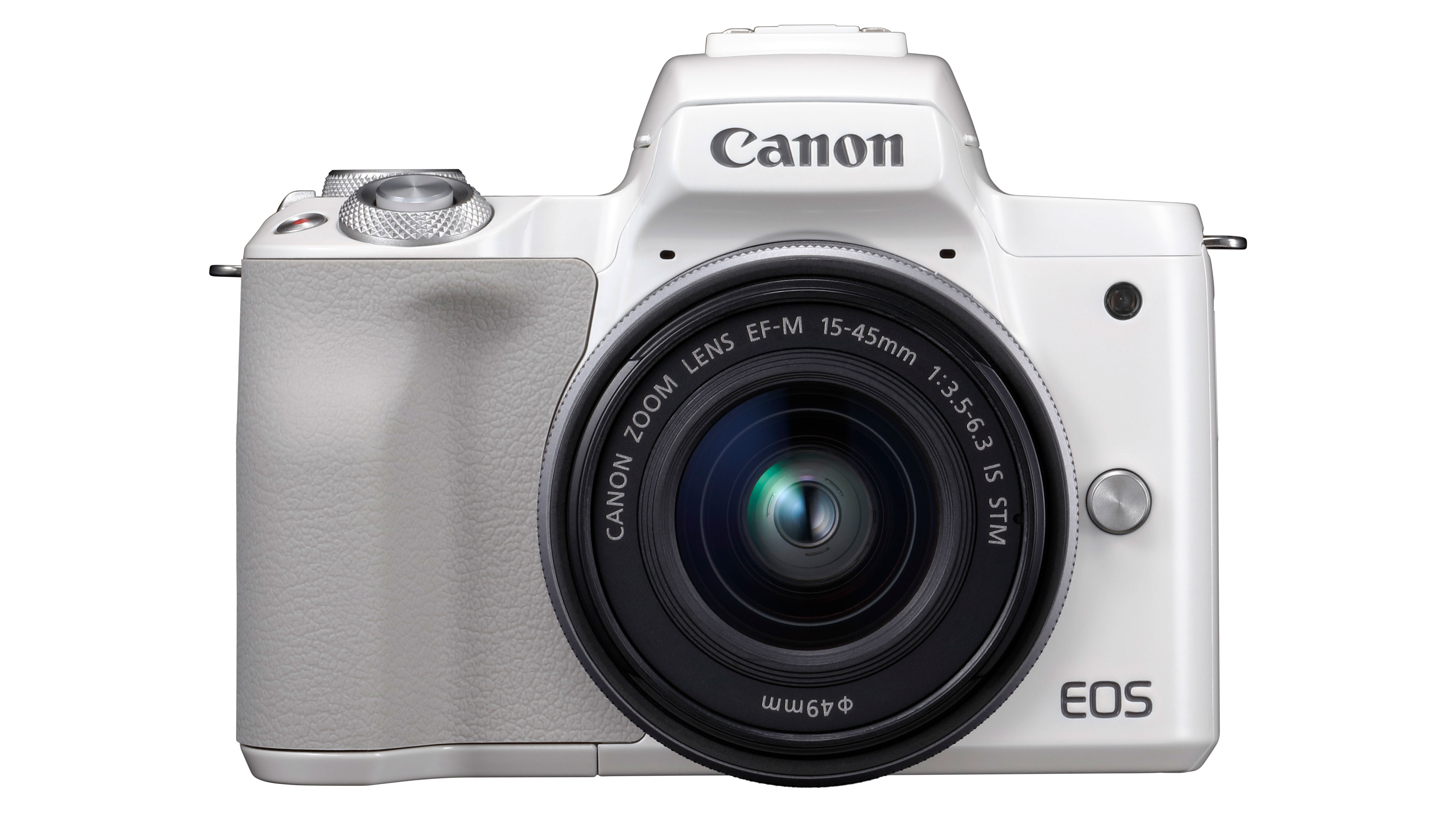
This used to exist an piece of cake open goal for Canon, every bit Nikon had nada in this surface area of the market at all... until the Nikon Z50. The Canon EOS M200 (opens in new tab) is the cheapest option, but we detect it quite simplistic and tiresome to utilise, so we'd recommend the older EOS M50 (opens in new tab) instead. This combines cute mini-DSLR styling (information technology has a viewfinder where the EOS M200 doesn't) with 4K video adequacy and a fully articulating rear screen. In reality, though, the Nikon Z50 (below) makes the EOS M50 look pretty sick (in a bad way) and the EOS M200 positively primitive – though the Nikon is more expensive.
Advanced APS-C mirrorless
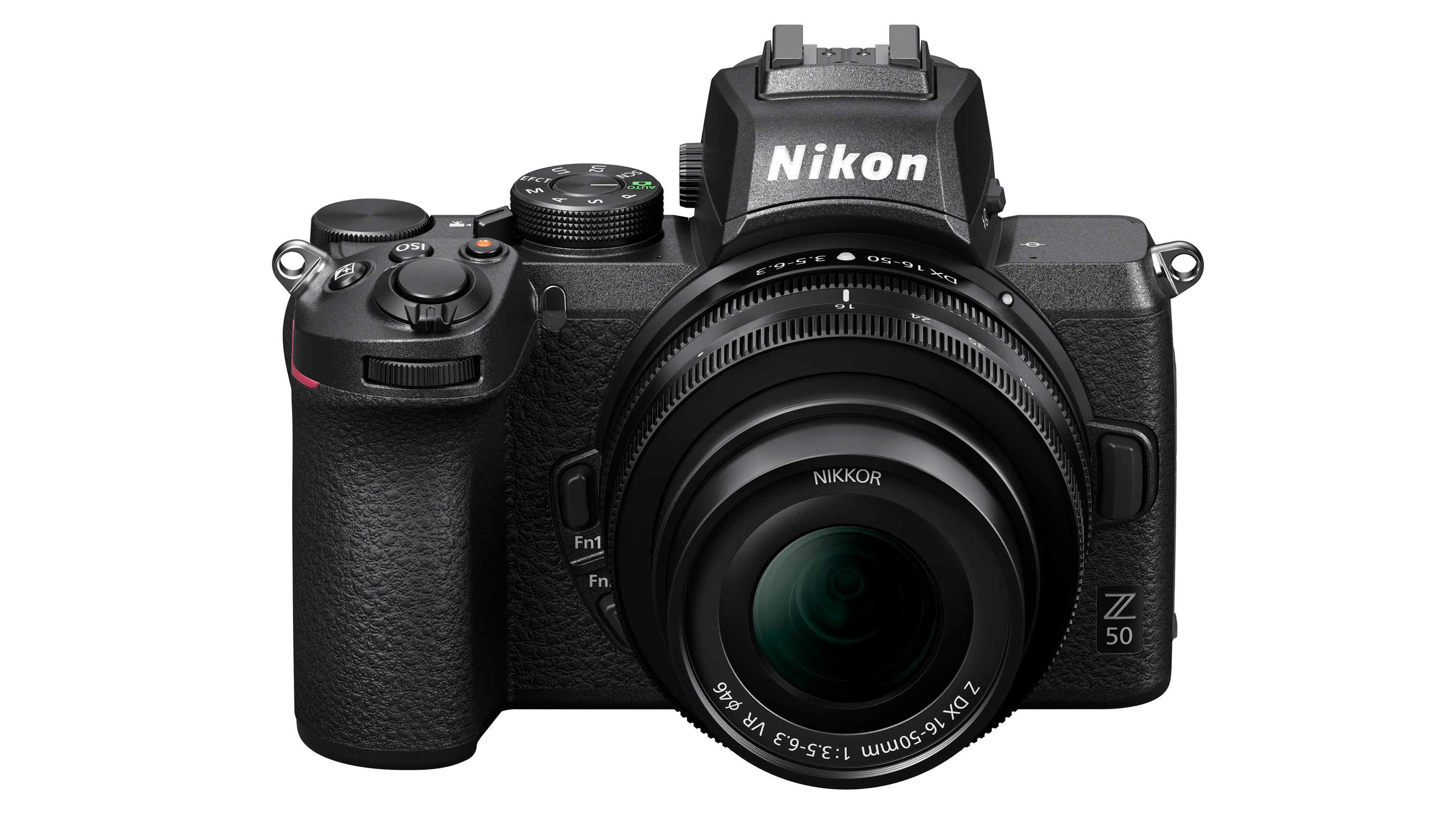
The balance swings Nikon's way for more than avant-garde APS-C mirrorless cameras. The new Canon EOS M6 Mark Ii (opens in new tab) seems to exist pitched heavily at videographers and vloggers and doesn't even accept a viewfinder – though it's ofttimes arranged with an optional EVF at a good overall price. The Nikon Z50 (opens in new tab), however, has a viewfinder built in, too shoots 4K video, comes with a space-saving retracting 16-50mm kit lens, has more traditional 'camera' styling and it's cheaper. The Z50 does accept a drawback. Even at present, there are only two native DX format Nikkor Z lenses for this photographic camera. You can use full frame Nikkor Z lenses, just these are larger and more expensive, and you tin can fit Nikon DSLR lenses via an optional Nikon FTZ adaptor. Both solutions are OK, but we still want to run into a bigger selection of 'native' lenses for the Z50. Also look at the new Nikon Z fc (opens in new tab) - which substantially takes the Z50 and puts into a retro-designed trounce for an former-school Nikon wait.
Total frame DSLR
Entry level full frame DSLR
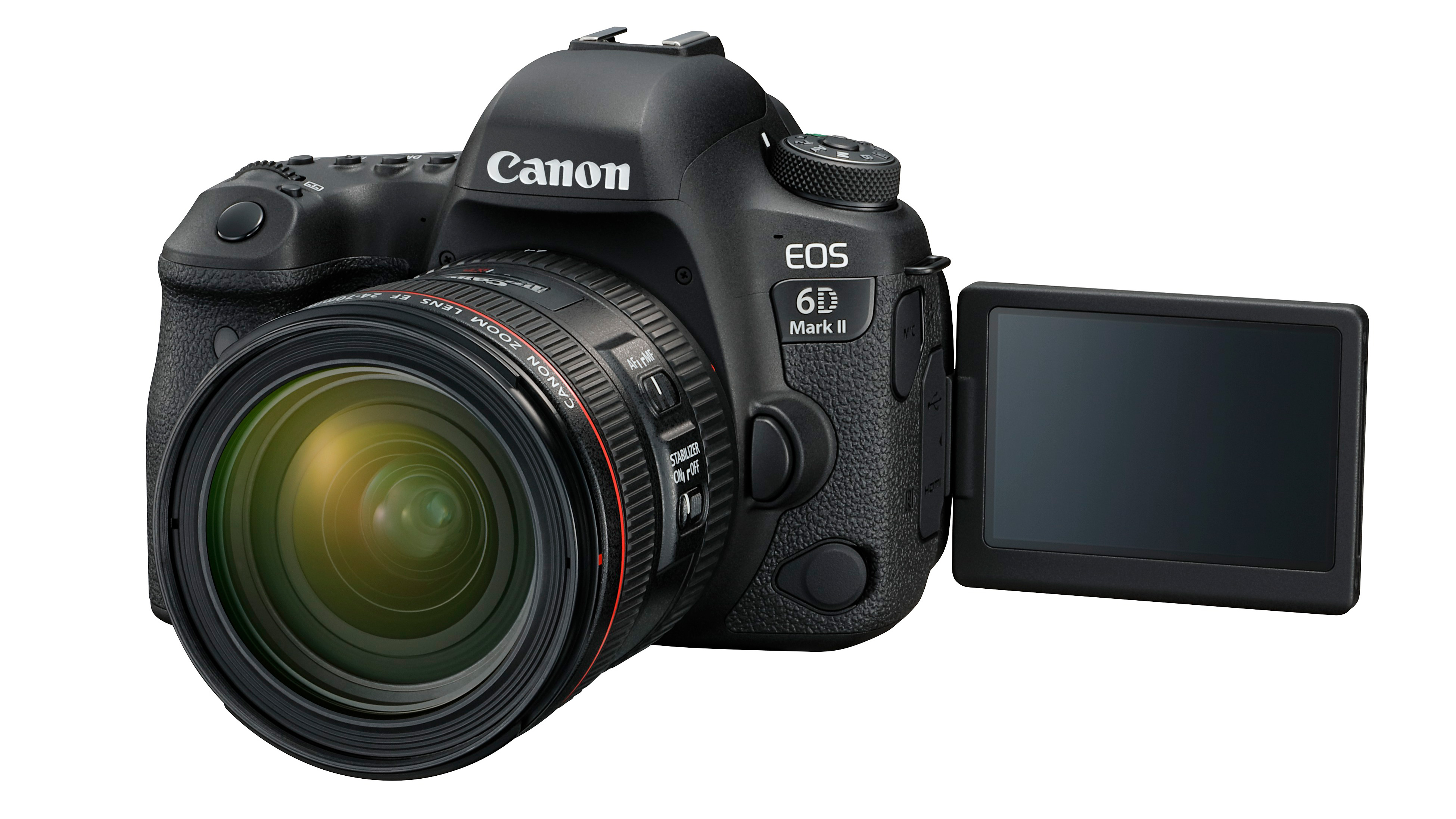
Canon held the atomic number 82 in the entry-level full frame DSLR market for quite some time thanks to the EOS 6D Mark II (opens in new tab), an exceptionally versatile camera. Nikon, however, has finally replaced its capable simply ageing D750, which was launched back in 2014, with the new Nikon D780 (opens in new tab).
The D780 is an exceptional car that proves there's life in the DSLR yet. It easily outguns the EOS 6D Mark Two with uncropped 4K video and much faster continuous shooting speeds. Dual UHS-II card slots and exceptionally proficient live view autofocus make the D780 a camera that suits even existent ability users, so equally long as you're prepared to spend the extra cash, we think the residue of ability in the entry-level total frame DSLR category has shifted slightly Nikon's fashion, but prices take stayed high, and this is an expensive photographic camera compared to the EOS 6D Two.
Pro full frame DSLR
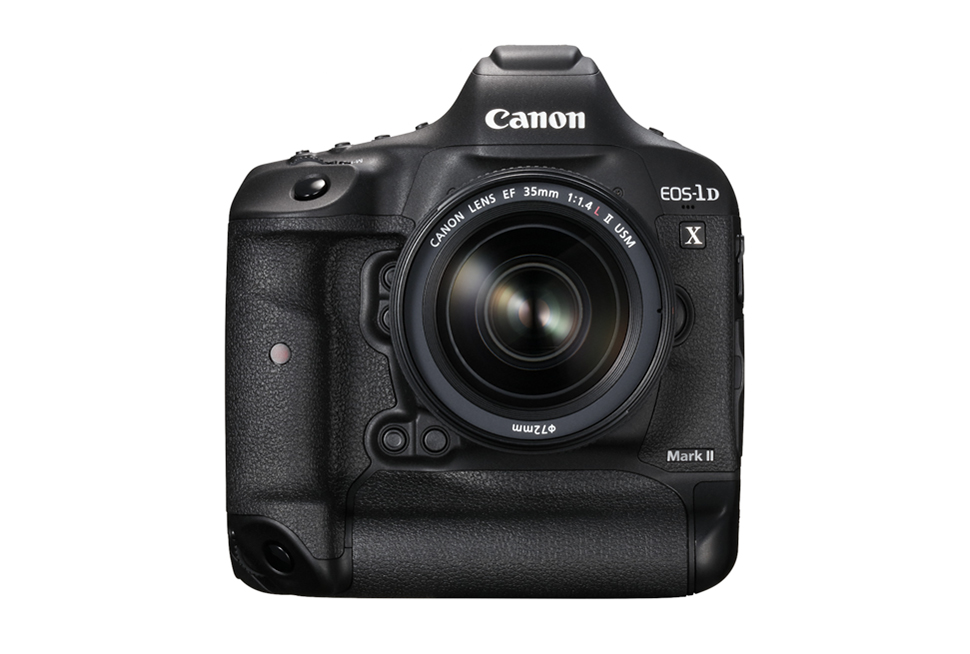
Professional person users are extremely important to both Canon and Nikon, and both companies have taken a similar line with their high-speed sports cameras. All the same, at the top of the range one model emerges the clear winner, and that is the Canon EOS-1D X Mark III (opens in new tab). This hugely impressive DSLR is packed with futuristic tech photographers once might take dreamed of, similar deep-learning AF that gets better as you use it, and a Smart Controller that replaces the traditional joystick. It also finds room for uncropped 4K, something Canon has dragged its feet on, and with CFexpress support besides included, information technology really feels like the camera of the future. The Nikon D6 (opens in new tab), meanwhile, is a perfectly fine professional camera, and it makes sense to upgrade if you're already invested in the system, just it's disappointingly unambitious and nowhere almost the same class equally its rival.
Canon and Nikon also brand everyday workhorse pro cameras, and these are very different. On paper, the Nikon D850 (opens in new tab) simply blows the Canon EOS 5D Marking Four abroad. It has 45.7MP to the Canon'south thirty.4MP, it matches its frame rate and beats it with the optional Nikon battery grip, it shoots total width 4K video compared to the Canon's cropped 4K mode AND the Nikon is typically cheaper. It'due south basically the reverse of the situation with the 1DX Iii and the D6 – if y'all've already invested in the Catechism organization, the EOS 5D Marker 4 volition practise a fine job, but if you're comparison these two cameras directly, the D850 wins past a mile.
Full frame mirrorless
Entry level full frame mirrorless
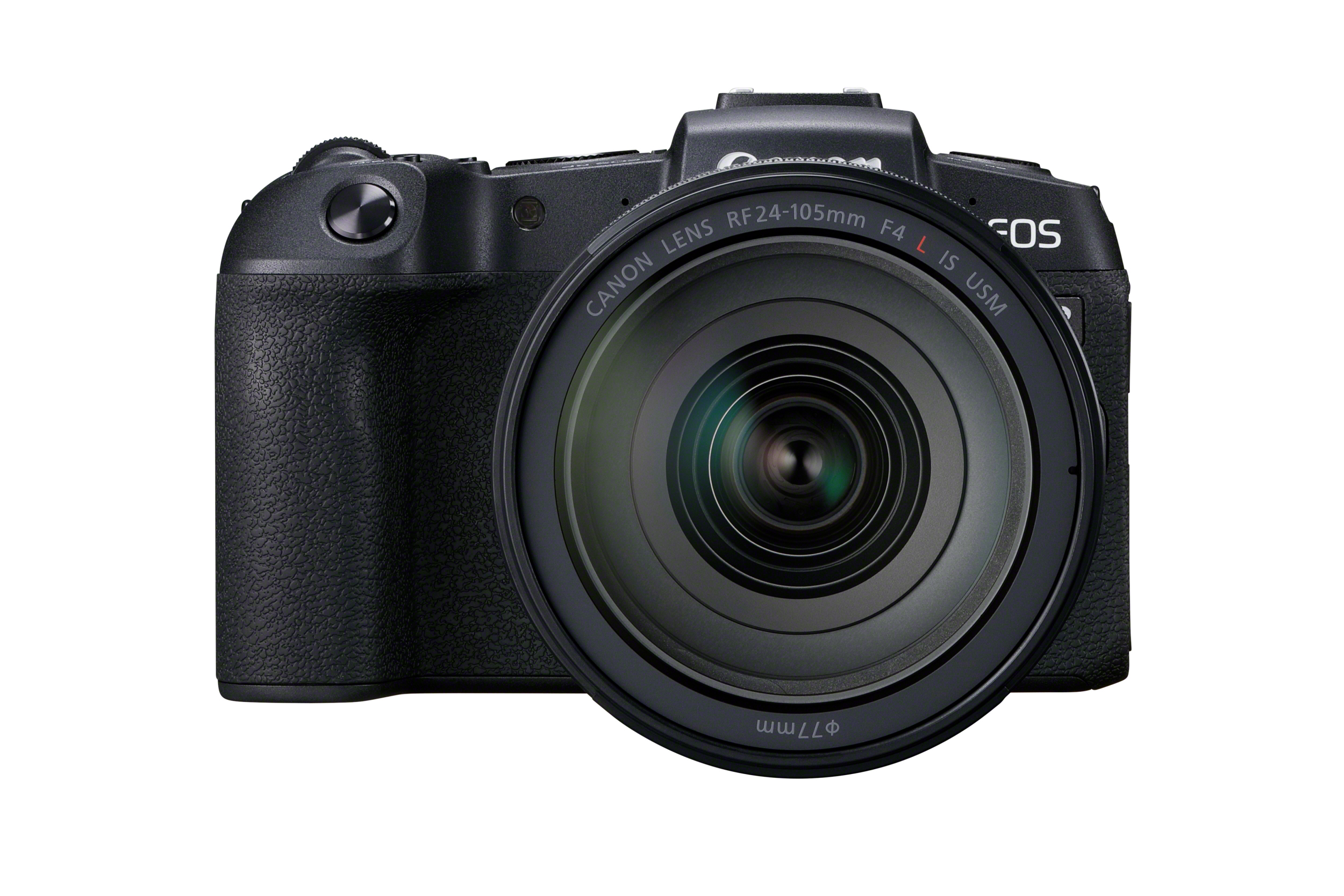
You lot don't demand us to tell you that full frame mirrorless cameras are the hottest topic in photography right now, and Canon and Nikon offer intriguingly different entry-level cameras. The Canon EOS RP (opens in new tab) is designed to be simple, compact and affordable and we particularly like its fully vari-angle rear screen.
Nikon, meanwhile, originally had just the Nikon Z6 (opens in new tab) – a rugged, powerful camera for more advanced users, experts and pros. It has in-body stabilization (the Canon doesn't), full width oversampled 6K-to-4K video, continuous shooting upwards to 12fps and more. The firm has recently updated this with the Nikon Z5, (opens in new tab) however nosotros have some reservations about this release, which combines relatively modest technological advancements with a rather aggressive asking price.
Nikon has also updated its existing full frame mirrorless cameras. The Nikon Z6 II (opens in new tab) and Nikon Z7 Two (opens in new tab) benefit from dual card slots, beefier processors and faster frame rates, but are otherwise very similar to the original models.
If you want an easy and cheap introduction to full frame mirrorless, get the Canon. If yous want more features and a more solid feel, the Nikon Z5 just edges information technology.
Pro full frame mirrorless
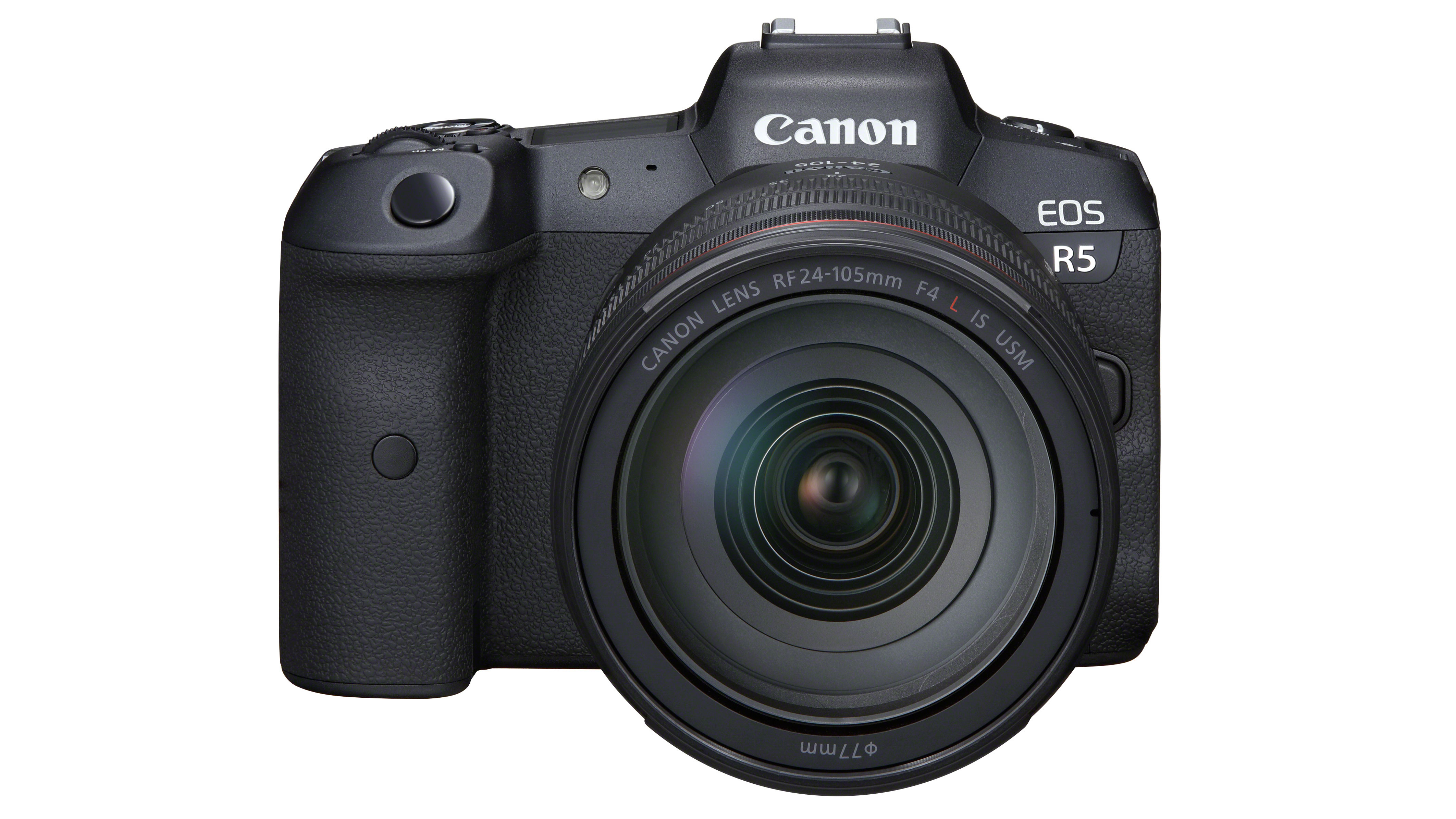
Catechism entered the full-frame mirrorless market with the interesting but slightly odd Canon EOS R (opens in new tab), and Nikon sailed past it with the 45.7MP Nikon Z7 (opens in new tab), which boasted a college burst rate, full width uncropped 4K video, in-body paradigm stabilization and rugged build quality.
HOWEVER! Catechism sailed back into action with the much-discussed EOS R5 (opens in new tab)in 2020, a pro-class total-frame mirrorless camera that generated well-nigh as much online discussion equally it did backlog heat when shooting more twenty minutes of video. We joke. Just seriously, the Canon EOS R5 is probably the nigh impressive stills-shooting motorcar the firm has ever fabricated, with superb paradigm quality and the best autofocus on the market correct now (borrowed from the EOS-1D Ten Mark Three and fine-tuned). Even so, as a video automobile, its recording limitations hold it dorsum, even with firmware patches (opens in new tab) coming forth to fix matters. For those looking for something a little more slimmed-down, the firm also released the EOS R6 (opens in new tab), which offers many of the same features but fewer pixels in both stills and video.
Hither, you would accept to say that the Nikon contenders – the Z6 Two and Z7 2 are solid, skillful value performers, simply that the Canon EOS R5 and EOS R6 have nailed this market with their cutting border video and autofocus technologies... but at a price.
Just already the future of the Catechism vs Nikon debate is coming into sight, with development announcements for the forthcoming Canon EOS R3 (opens in new tab) and Nikon Z9 (opens in new tab)professional total-frame mirrorless cameras.
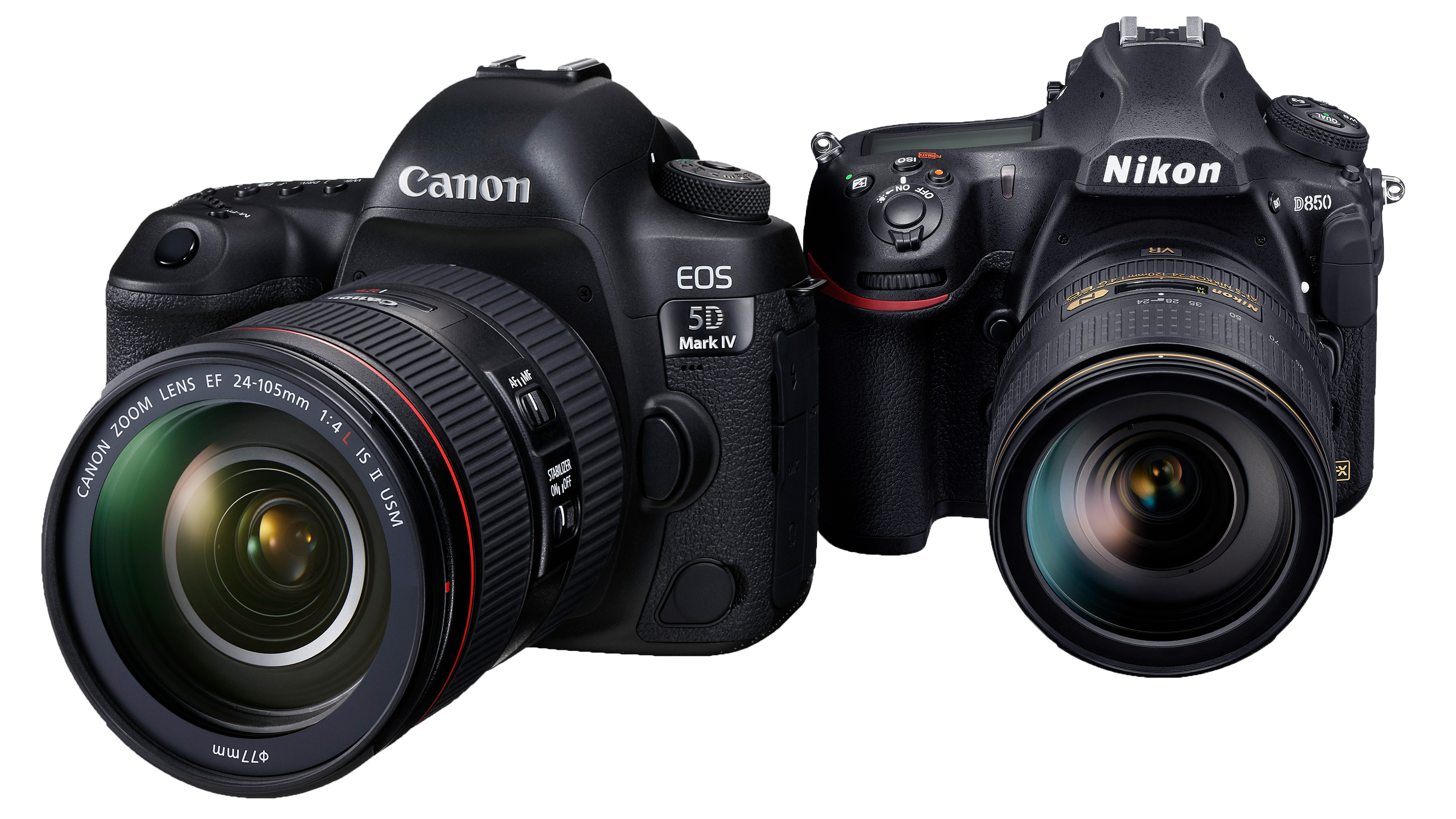
Canon vs Nikon: the conclusion
Catechism largely dominates the APS-C DSLR and mirrorless market place for beginners and hobbyists, if merely because of its sheer number of cameras and the fact these keep on coming – though often with final year's tech at knock-down prices. Nikon's DSLR range is competent but hasn't seen much evolution. Both brand among the best DSLRs (opens in new tab) you lot tin can go because (apart from Pentax) nobody else makes them.
The Nikon D3500 stills stands out as the best inexpensive DSLR, withal, and current prices make the D5600 bonny against superior simply more expensive Catechism alternatives. But while the D7500 is a solid value proposition and the D500 is a blisteringly fast pro sports camera, both take only xx megapixels compared to the headline-grabbing 32.5MP EOS 90D.
If you lot want a mirrorless camera rather than a DSLR, Canon has this won at the lower end of the marketplace, but for more advanced users the new Nikon Z50 could prove both cheaper and ameliorate than its closest Canon rival, the EOS M6 Mark II, provided Nikon starts rolling out more DX format lenses for it.
Both Catechism and Nikon have a tougher time of information technology in the mirrorless market, however, because many of the all-time mirrorless cameras (opens in new tab) come from Fujifilm, Sony and Panasonic.
Canon and Nikon still dominate the best cameras for professionals (opens in new tab), but most enthusiasts and pros will go for cameras slightly lower downwards the range. With entry-level total frame DSLRs, Canon once had the border for newness (EOS 6D Mark Two) but Nikon has changed all that with the Nikon D780. In the pro DSLR market place, the mighty 45.7MP Nikon D850 trounces the much weaker EOS 5D Mark Iv, while the EOS-1D 10 Mark III stomps all over the Nikon D6.
It's a similar story with full frame mirrorless cameras. The EOS RP was always intended to be inexpensive and simple, but information technology's having to compete on cost confronting the more powerful Nikon Z 6 and the newer Z 5. The EOS R5, however, dominates the Nikon Z 7, even with its much-publicised video issues taken into account.
We don't have whatsoever bias towards one brand or another, just nosotros think Nikon needs to get its heart back on the full general consumer market place, but the Z50 and the D780 take brought it right back into contention in other areas. And while Canon has created a technological bout de force with the EOS-1D X Marker III, it should actually be worrying near how its pro workhorse the EOS 5D Mark IV stacks upward in today's globe.
Read more:
• PhotoPlus: The Canon Magazine (opens in new tab)
• These are the best Catechism cameras (opens in new tab) today
• We pick the best Nikon cameras (opens in new tab) to buy
• The best mirrorless cameras (opens in new tab) correct now
• These are the best cameras for professionals (opens in new tab)

Thanks for reading five manufactures this month* Bring together now for unlimited admission
Savour your first month for merely £ane / $one / €1
*Read 5 complimentary articles per month without a subscription

Join now for unlimited access
Try showtime month for just £1 / $i / €i
Related articles
Source: https://www.digitalcameraworld.com/buying-guides/canon-vs-nikon-who-makes-the-best-cameras-let-battle-commence
Posted by: acevedoantence36.blogspot.com

0 Response to "Which Is Better Nikon Or Canon Camera"
Post a Comment